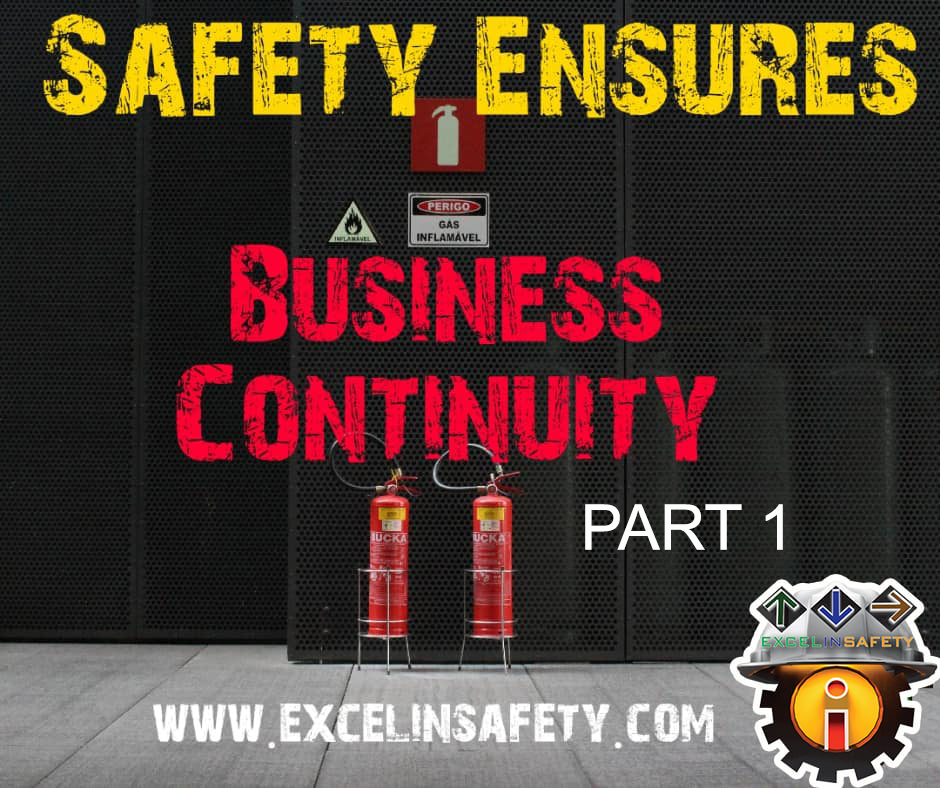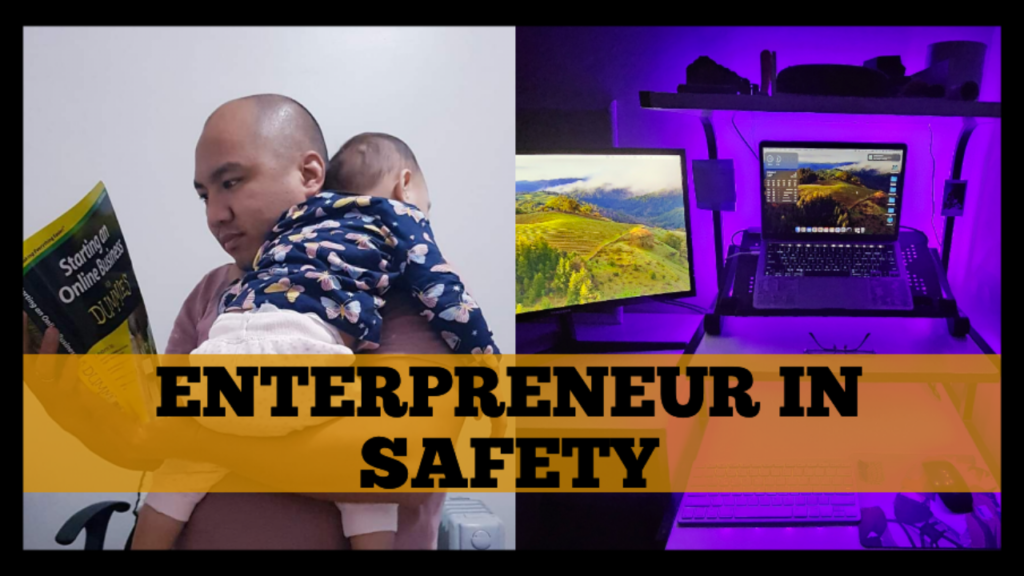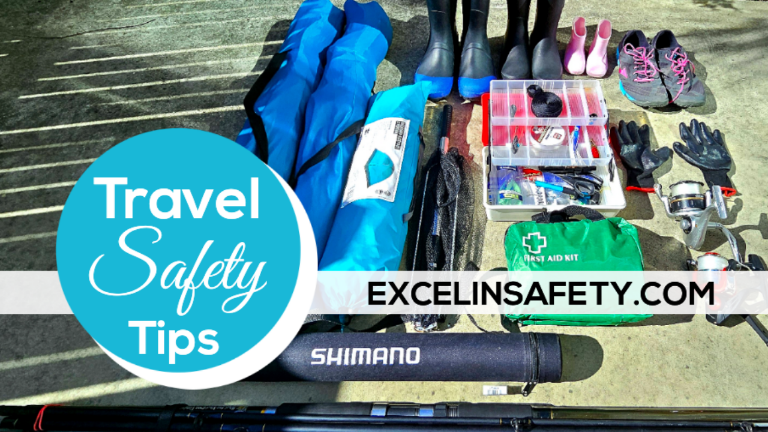As an employer, ensuring the safety of your workforce is crucial. While implementing safety protocols and policies is essential, understanding the challenges faced by safety officers in the workplace can significantly benefit your organization.
By knowing the problems that safety officers face, employers can take a proactive approach to address these challenges. Insufficient safety budgets and resources, for example, can be tackled by allocating more funds towards safety initiatives or investing in new safety equipment.
Here are in my opinion the Top 30 safety officer problems that may be experienced in the Philippines:
- Lack of safety awareness and training among employees.
- Insufficient safety budget and resources.
- Limited safety equipment and tools.
- Difficulty in implementing safety protocols and policies.
- Language barriers and cultural differences in safety practices.
- Resistance to change from employees and management.
- High staff turnover rates.
- Limited regulatory enforcement and oversight.
- Inadequate safety audits and inspections.
- Difficulty in measuring safety performance and success.
- Insufficient communication and coordination between safety officers and management.
- Limited support from upper management for safety initiatives.
- Difficulty in maintaining compliance with changing safety regulations.
- Lack of clear safety objectives and goals.
- Inadequate safety reporting systems.
- Inconsistent safety messaging and training.
- Limited safety incentives and rewards.
- Difficulty in managing subcontractors and suppliers.
- Resistance to safety culture from external partners and stakeholders.
- Insufficient emergency response planning and training.
- Limited access to safety-related data and information.
- Difficulty in balancing productivity and safety requirements.
- Inadequate communication and reporting among different departments.
- Limited training on how to handle safety incidents and accidents.
- Insufficient funding for safety research and development.
- Limited collaboration between different industries on safety initiatives.
- Difficulty in managing safety risks in high-risk work environments.
- Insufficient staffing levels for safety departments.
- Limited understanding of the legal aspects of safety compliance.
- Difficulty in maintaining a culture of safety in the workplace.
Ensuring safety in the workplace is an important responsibility of every employer, and it is the job of safety officers to ensure that the workplace is free from hazards and accidents. However, safety officers face numerous challenges that hinder their ability to carry out their duties effectively. In this article, we will discuss the top 10 challenges out of 30 faced by safety officers in the workplace and how to overcome them.
1. Lack of safety awareness and training among employees
One of the most common challenges faced by safety officers is the lack of safety awareness and training among employees. Employees who are not aware of safety protocols and procedures are at risk of accidents and injuries, which can lead to productivity loss and increased healthcare costs. To overcome this challenge, safety officers can implement regular safety training sessions and workshops to educate employees on the importance of safety and the proper use of safety equipment and tools.
2. Insufficient safety budget and resources
Safety officers need adequate resources and budget to carry out their responsibilities effectively. However, many companies may not prioritize safety or allocate enough resources to it. To address this issue, safety officers can develop a business case for safety and demonstrate the benefits of investing in safety to the management. Additionally, they can explore cost-effective solutions for safety, such as using shared safety equipment or outsourcing safety audits.
3. Limited safety equipment and tools
Safety officers may face a challenge in providing adequate safety equipment and tools for employees, especially in small or under-resourced companies. To overcome this challenge, safety officers can prioritize the purchase of essential safety equipment and tools and develop a plan for regular maintenance and replacement. They can also consider partnering with suppliers or other companies to share resources and reduce costs.
4. Difficulty in implementing safety protocols and policies
Implementing safety protocols and policies may be a challenge, especially in large organizations with multiple departments and locations. To overcome this challenge, safety officers can engage with employees and department heads to develop policies and protocols that are practical and feasible. They can also conduct regular audits and inspections to monitor compliance and identify areas for improvement.
5. Language barriers and cultural differences in safety practices
In diverse workplaces, language barriers and cultural differences may present challenges in communicating safety information and practices. To overcome this challenge, safety officers can provide safety materials in multiple languages and engage with employees from diverse backgrounds to understand their cultural perspectives on safety. They can also train supervisors and managers to effectively communicate safety information to their teams.
6. Resistance to change from employees and management
Change can be difficult, and employees and management may resist new safety policies and practices. To overcome this challenge, safety officers can involve employees and management in the process of developing new safety policies and practices, providing them with a sense of ownership and buy-in. They can also communicate the benefits of the new policies and practices and address any concerns or questions.
7. High staff turnover rates
High staff turnover rates can pose a challenge for safety officers in maintaining consistent safety practices and protocols. To overcome this challenge, safety officers can implement regular safety training and orientation programs for new employees to ensure they are aware of safety protocols and practices. They can also develop a safety culture that emphasizes the importance of safety to all employees, regardless of tenure.
8. Limited regulatory enforcement and oversight
Regulatory enforcement and oversight may be limited in some industries, making it difficult for safety officers to ensure compliance with safety regulations. To overcome this challenge, safety officers can become familiar with the relevant safety regulations and standards and develop internal policies and procedures that exceed regulatory requirements. They can also participate in industry associations and advocacy groups to promote safety and improve regulatory oversight.
9. Inadequate safety audits and inspections
To overcome this challenge, safety officers can conduct regular safety audits and inspections to identify potential hazards and areas for improvement. It is important to maintain accurate records of safety inspections and to follow up on identified issues in a timely manner.
10. Difficulty in measuring safety performance and success
Safety officers can overcome this challenge by establishing safety performance metrics that are measurable and aligned with organizational goals. Metrics can include injury and illness rates, near-miss incidents, and safety training participation rates. It is important to analyze safety performance metrics regularly to identify areas for improvement and to communicate progress to employees and management.
In conclusion, safety officers face a multitude of challenges in the workplace, but with the right strategies, these challenges can be overcome. By prioritizing safety awareness and training, allocating sufficient resources, and addressing cultural and language barriers, safety officers can create a safer work environment for all employees. It is important to maintain open communication channels with employees and management and to take a proactive approach to safety management. By doing so, safety officers can effectively measure safety performance and success and make continuous improvements to ensure a safe and healthy workplace.








Leave a Reply
You must be logged in to post a comment.